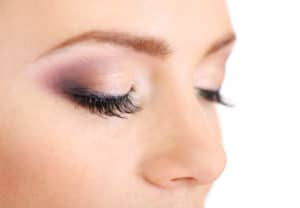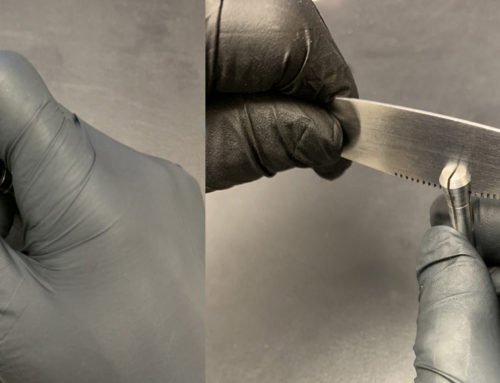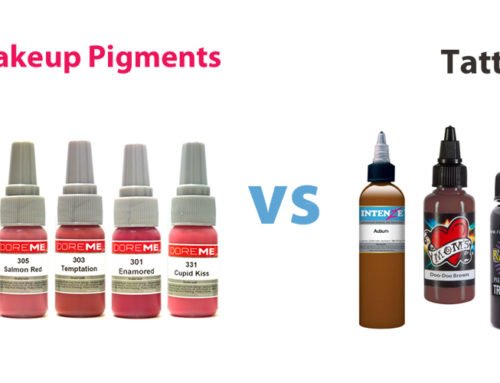Common Problem with Anesthetic cream.
We get calls and emails about anesthetic creams not doing its intended job. If your client does not feel the numbing effects, it will affect their overall impression with the procedure.
 Why Should You Care?
Why Should You Care?
Customers know that the procedure is supposed to be painful, but it is a pleasant surprise when they find out you will numb the area to help with discomfort. Thanks to anesthetics, clients are more willing to go through with the procedure.
Of course, that helps with getting good feedback for you, and it will keep them coming back to you when a touch up is needed.
**Also, we have a surprise for our Canadian clients that have a hard time getting their hands on a gel for “during the procedure” numbing. (See below)**
Let us help!
Below you will find proper usage instructions for pre- procedure numbing. This will help maximize the active medical ingredient (lidocaine), providing the desired comfort.
Steps:
- 1. Clean procedure area.
- 2. Using a clean spatula, apply anesthetic.
- 3. Insulate area with a small piece of saran wrap.
- – This is the most important step.
- – This step is important because it insulates the heat. Heat is what activates the lidocaine.
- 4. Wait 30 to 45 minutes. Your client should be able to feel the numbing as the 30-minute mark hits. Leave it on a bit longer to ensure maximum effect.
- 5. Clean off numbing cream on the procedure area.
- 6. Start procedure.
The above procedure only works for numbing creams as pre-procedure numbing. You use a numbing gel for during procedure. Gels take about 5 minutes to numb, and you do not need to insulate.
Surprise note:
One of our clients mentioned to us that Zensa’s cream is formulated to also work with broken skin. Zensa is a cream base formulation, and because of this we want to make sure the rumors are true. It is a common practice to use cream for pre-procedure, and gel for broken skin. To find out, we asked Zensa.
Zensa’s in-house pharmacist:
“Yes, it can be use on broken skin. The biggest distinctions are our neutral ph and water based formulation. Other formulations have a higher pH that can cause significant irritation to broken skin. Furthermore, other formulations have a Vasoconstrictor that may extend healing time since blood flow is stunted in that area.”
The next question is, would it take as long for the cream to activate on broken skin than unbroken skin?
Answer: It varies. It is dependant on how much of the cream can penetrate into the skin. So the more incision you’ve made the faster the numbing should take effect. So it is safe to state it can vary between 5 to 25 minutes.
Well, I hope this helps, and if there are any questions, please feel free to let us know.








Yes Zensa numb cream can be use on broken skin very well and it take effect right away ! I love the idea its not so strong but if you use on broken skin you only need to use it very lil ! And that way won’t effect longer healing time ! So next time if you client still feel the pain and the skin already broken as you on doing microblading just tell client :” no worry a pain killer hero is on next !” Then apppky Zensa on the side while you going on other side tell client be brave for 1 min make quick few hair strokes here and there and apply Zensa on 2nd side and go back to work your magic in peace and ease
Since I use Zensa all my clients are asleep during semi-permanent makeup treatments. It’s an amazingly good product. And as I can use it on broken skin as well I do not need to spend on extra procedure gel anymore. Highly recommended!!!
.
Thank you Agota! Fall asleep during treatment, wake up beautiful!
I used Base numb 5% Lidocaine to numb an area and it doesnt work ): i did all the steps tho
Hello Grey, I have not heard of Base numb but depending on how the product is formulated, you may need to adjust your steps.
is using any good brand cream is effective?
Thanks for the value-added content about Zensa tattoo numbing cream. I have great experience with zensa numbing cream. Please keep posting valuable content